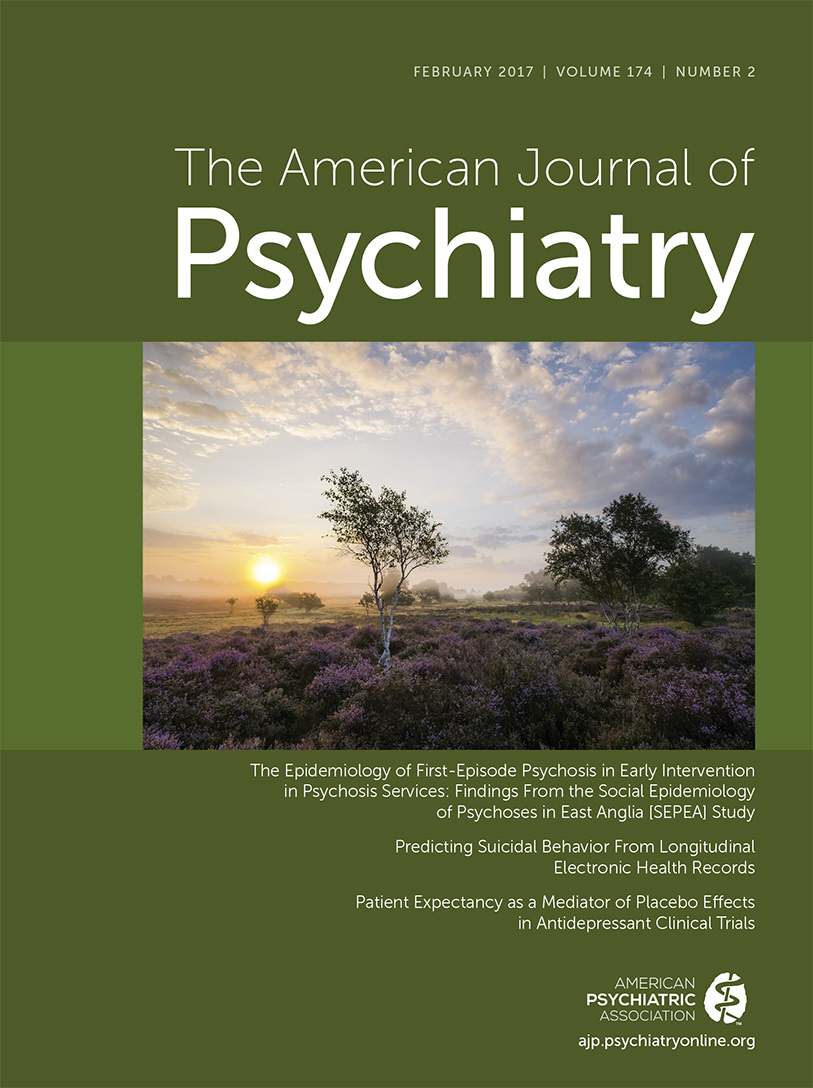Neural Predictors of Initiating Alcohol Use During Adolescence
Abstract
Objective:
Underage drinking is widely recognized as a leading public health and social problem for adolescents in the United States. Being able to identify at-risk adolescents before they initiate heavy alcohol use could have important clinical and public health implications; however, few investigations have explored individual-level precursors of adolescent substance use. This prospective investigation used machine learning with demographic, neurocognitive, and neuroimaging data in substance-naive adolescents to identify predictors of alcohol use initiation by age 18.
Method:
Participants (N=137) were healthy substance-naive adolescents (ages 12–14) who underwent neuropsychological testing and structural and functional magnetic resonance imaging (sMRI and fMRI), and then were followed annually. By age 18, 70 youths (51%) initiated moderate to heavy alcohol use, and 67 remained nonusers. Random forest classification models identified the most important predictors of alcohol use from a large set of demographic, neuropsychological, sMRI, and fMRI variables.
Results:
Random forest models identified 34 predictors contributing to alcohol use by age 18, including several demographic and behavioral factors (being male, higher socioeconomic status, early dating, more externalizing behaviors, positive alcohol expectancies), worse executive functioning, and thinner cortices and less brain activation in diffusely distributed regions of the brain.
Conclusions:
Incorporating a mix of demographic, behavioral, neuropsychological, and neuroimaging data may be the best strategy for identifying youths at risk for initiating alcohol use during adolescence. The identified risk factors will be useful for alcohol prevention efforts and in research to address brain mechanisms that may contribute to early drinking.



